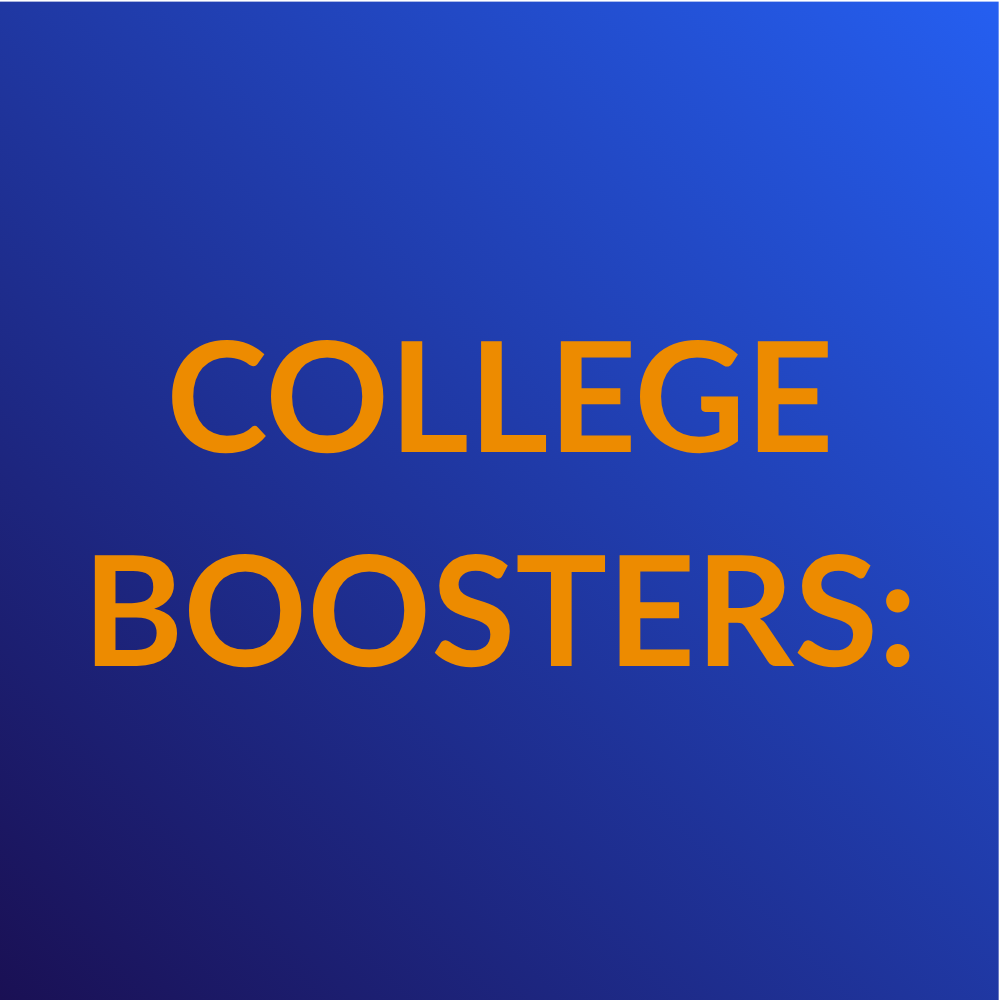- EACE
- About Us
- Membership
- Events
- EACE26 Annual Conference
- Resources
- Job Board
Starting Out as a MentorTips for Finding a Mentee and Beginning a Successful Mentoring RelationshipBy the EACE Mentorship Sub-Committee Mentorship is an invaluable component of professional development, but getting there can be easier said than done. EACE provides a self-directed Mentor Network to help members who are looking to find a mentor or be a mentor find a match. Want to draw on your experience and what you’ve learned along the way to mentor another professional, but not sure where to start? Follow the steps below to join the Network, find a mentee, and build a positive relationship! Finding a Mentor/Mentee
Starting the RelationshipMentees are encouraged to “drive” the relationship by suggesting times for the first meeting, sending calendar invitations for meetings, and proposing topics to discuss. They might also share their goals and explain what they are hoping to learn from you. As the mentor, review your calendar and determine when you will be available to meet. Let your mentee take the lead on setting up meetings and suggesting topics. However, you should both know and discuss your goals for, or what you are seeking from, a mentoring relationship. Set realistic expectations. Plan for a strong start by establishing your shared goals and logistics. Talk through questions like the following during your first few meetings:
Get to know each other! Tell your mentee about your experience and career path, your own goals, some of your professional and personal interests and passions, your motivation for becoming a mentor, and anything else you would like to share. Listen to your mentee’s story. If you are both comfortable, share your birthdays and any significant events or milestones that are coming up. Stay tuned for tips for maintaining and closing your mentoring relationship in future editions of the EACE Update Newsletter. The Mentorship Sub-Committee hopes that members will benefit from this resource so that we can support each other in professional growth at every level. If you have any questions, please contact the Mentoring Sub-Committee Chair. |























